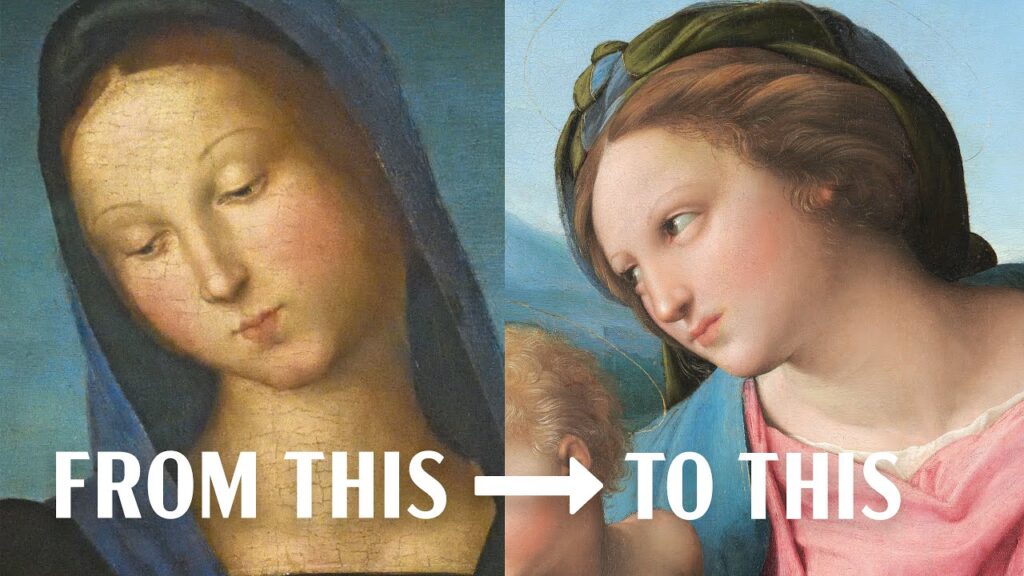
"In what seems to have been his first rendition of Mary and her holy son, Puschak says, "you can see that Raphael has a better sense of three-dimensional bodies and how to make them feel like they're part of the space that they're in" than his father, who'd been a well-regarded painter himself, or even than Piero della Francesca, from whom his father learned."
"than his father, who'd been a well-regarded painter himself, or even than Piero della Francesca, from whom his father learned. "Yet the painting also suffers from "an awkwardness in the arrangement of the figures," as well as a lack of "emotion, relationships, or any sense of narrative" - much like "a thousand other Madonnas that came before." Yet Raphael was a quick study, a trait reflected in the development of the many Madonnas he painted thereafter."
Raphael painted The School of Athens in Vatican City's Apostolic Palace between 1509 and 1511 while in his mid-twenties. He produced numerous Madonnas throughout a short but productive career, repeatedly returning to the subject. Early Madonnas demonstrated an improved sense of three-dimensional bodies and spatial integration compared with his father's work and influences like Piero della Francesca. Many early Madonnas nevertheless contained awkward figure arrangements and lacked emotion, relationships, or narrative. Rapid development followed, with later Madonnas showing increased emotional connection, clearer relationships among figures, and greater compositional sophistication that contributed to Raphael's early mastery.
Read at Open Culture
Unable to calculate read time
Collection
[
|
...
]